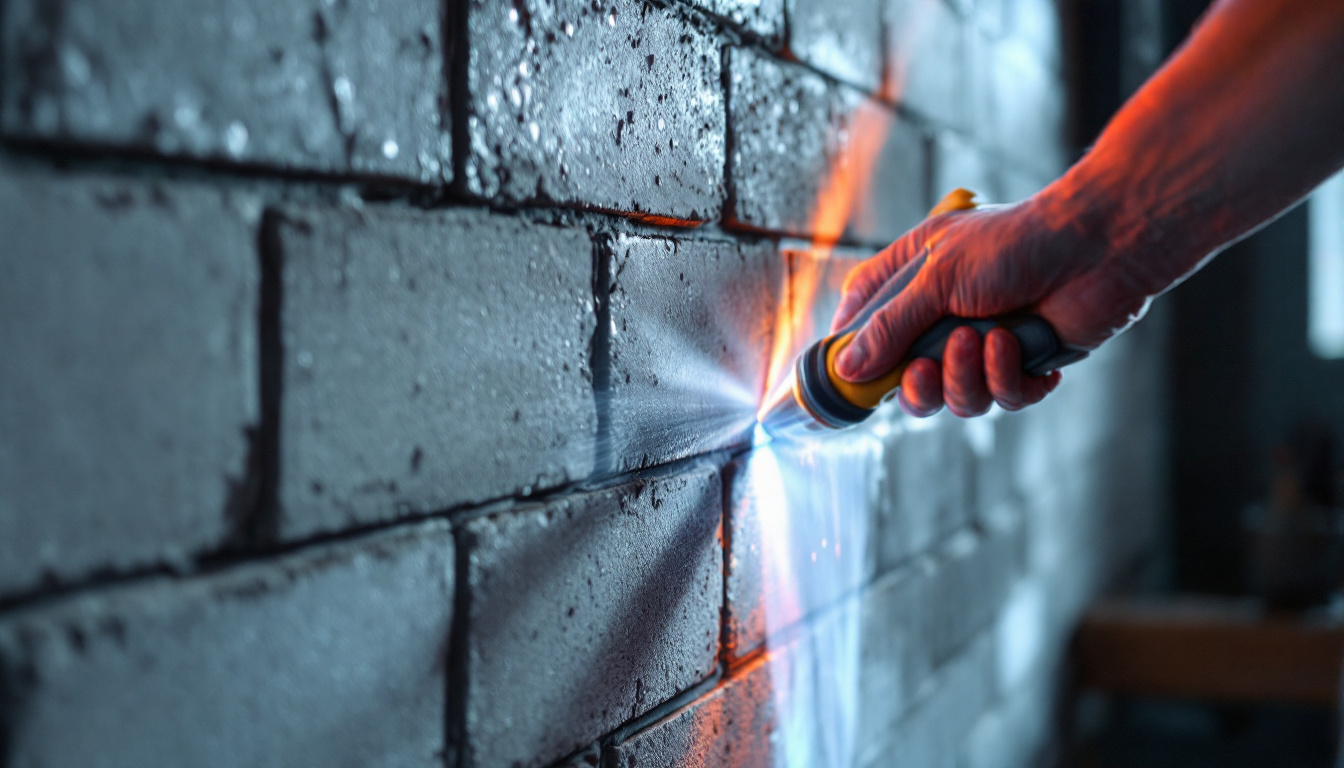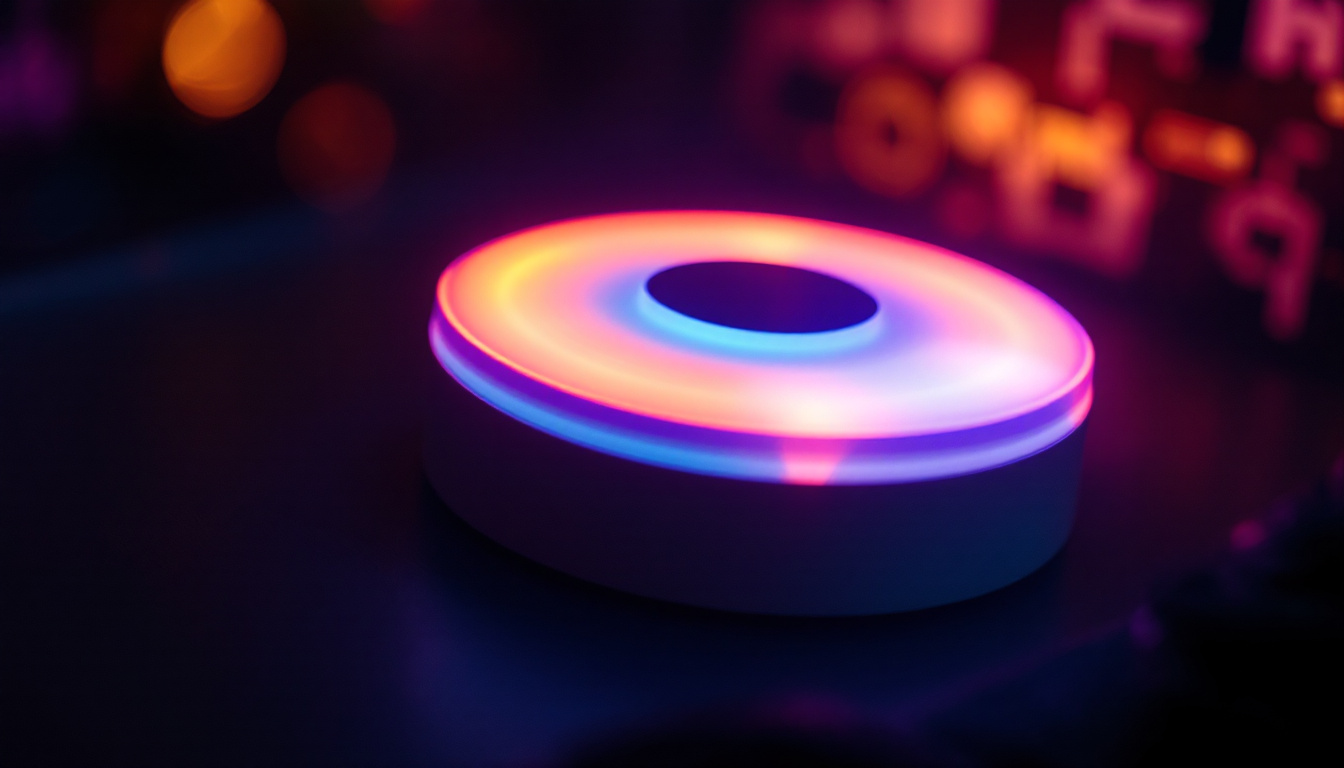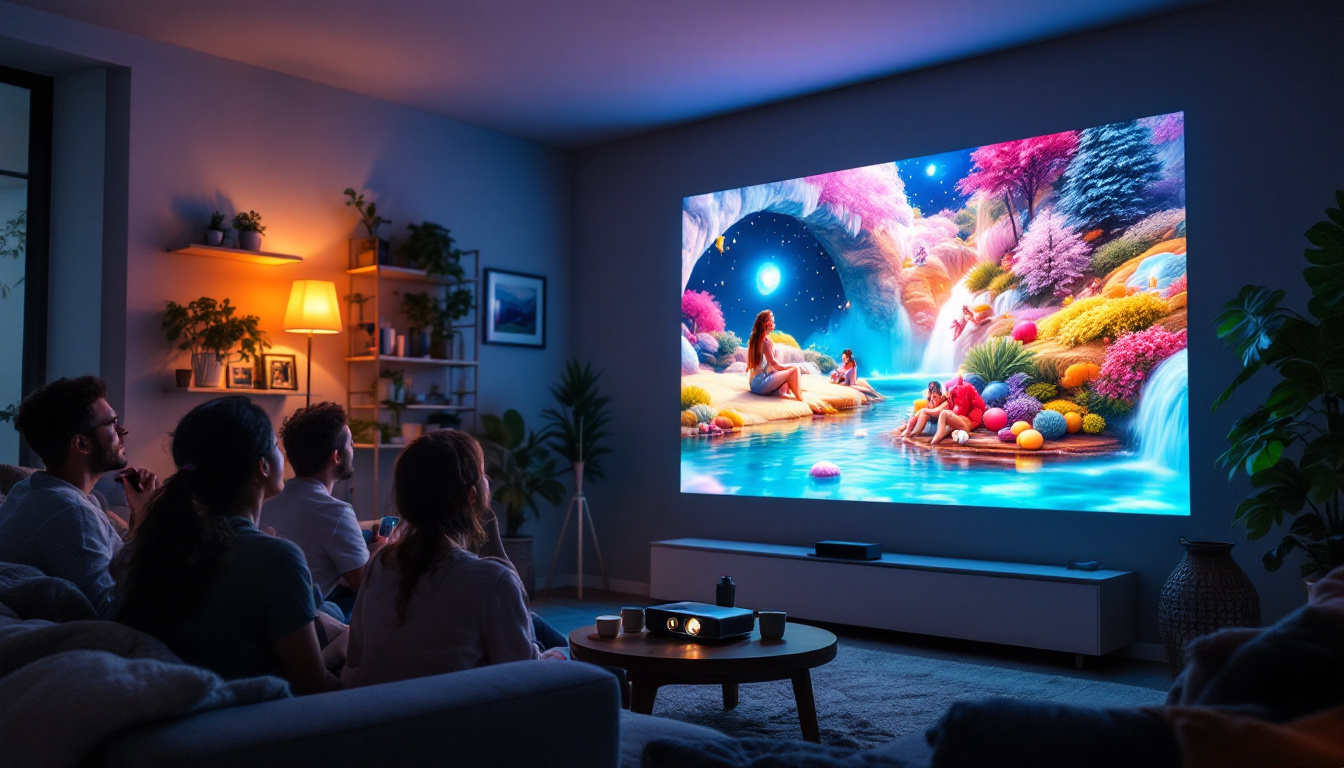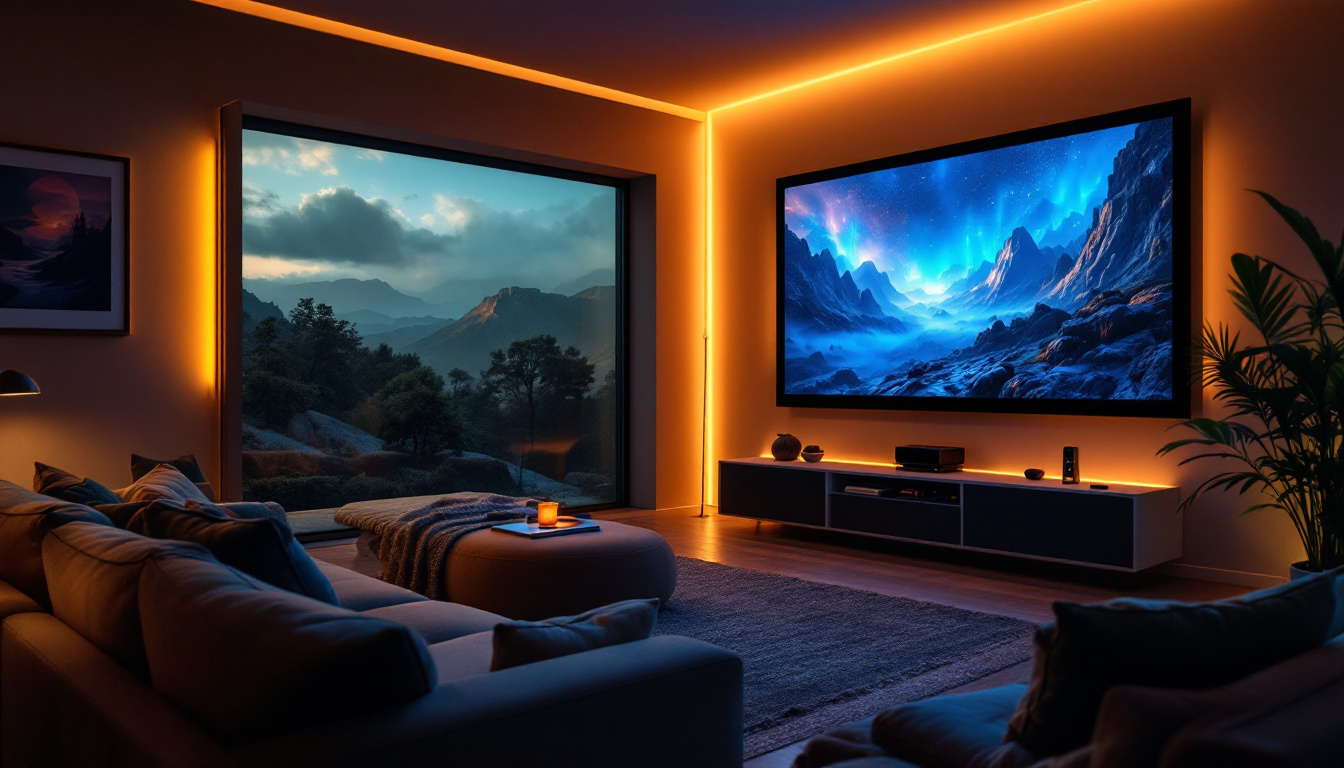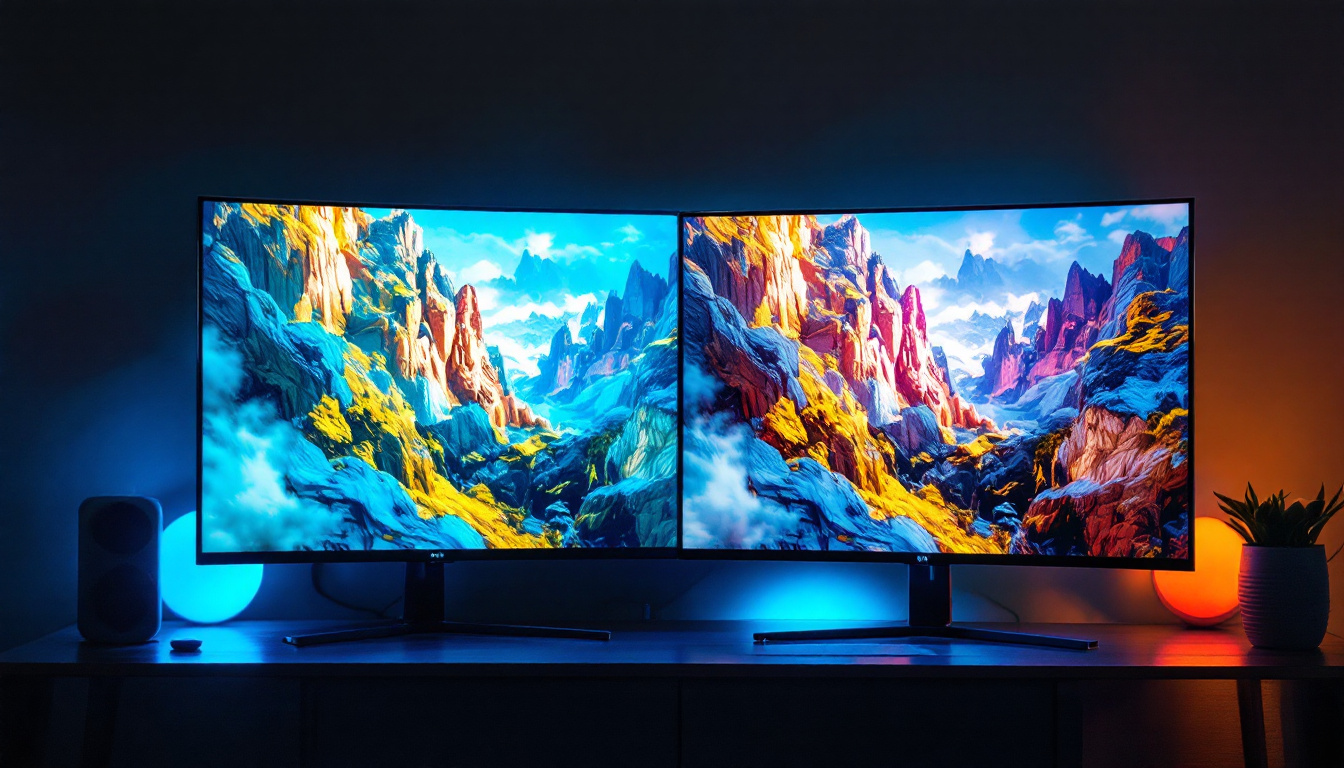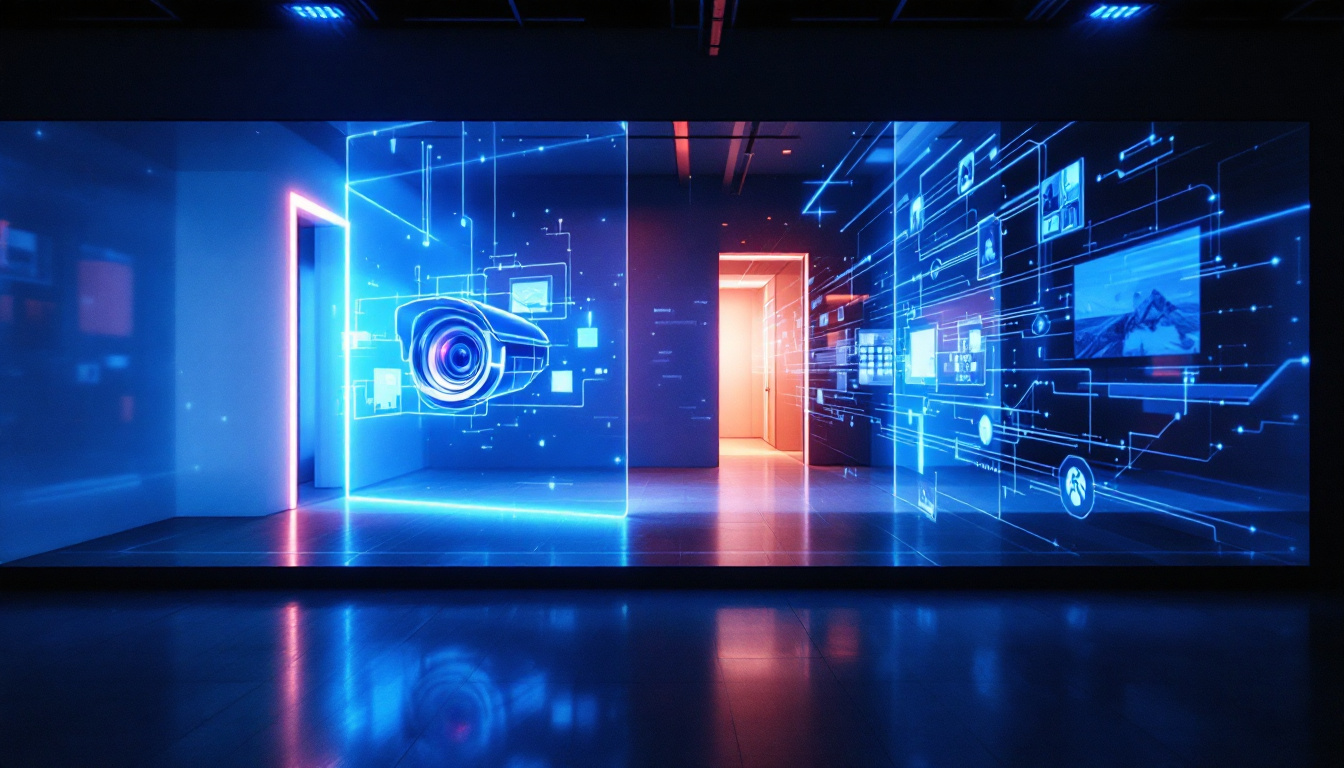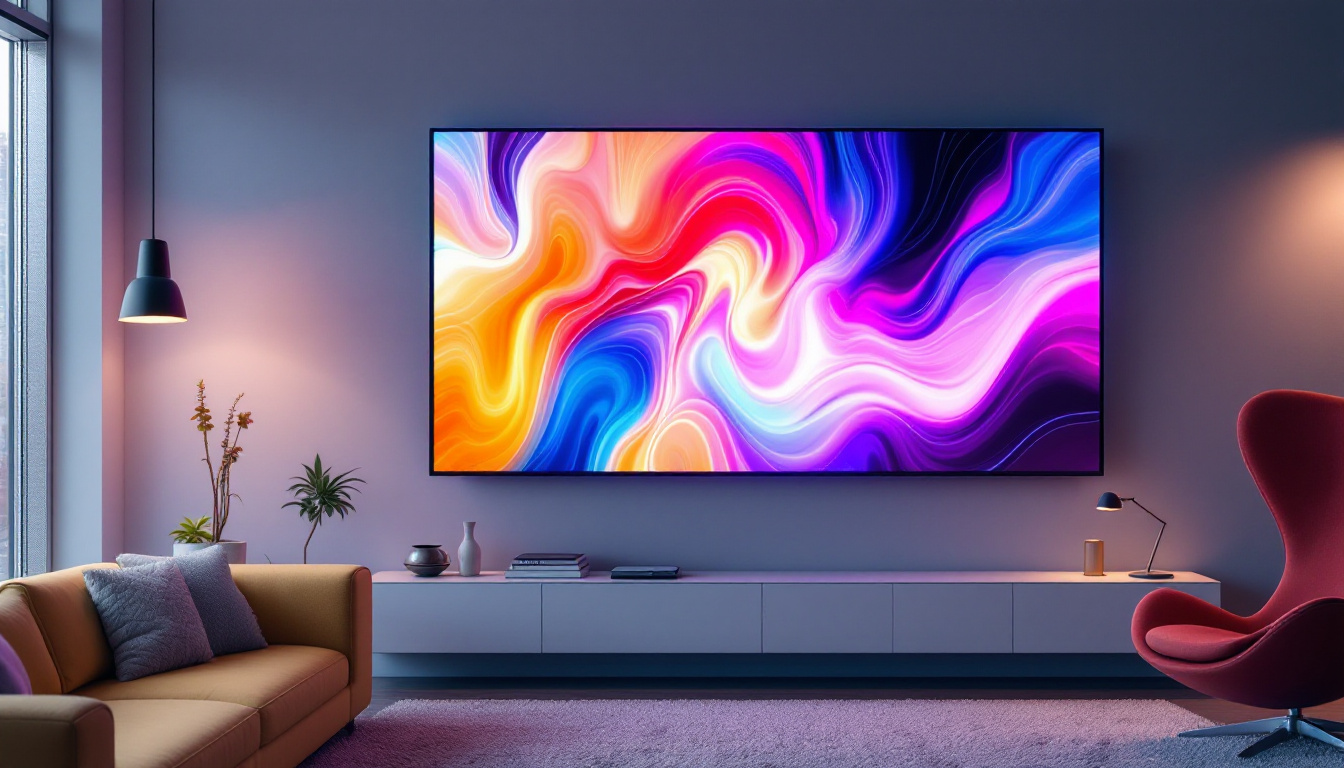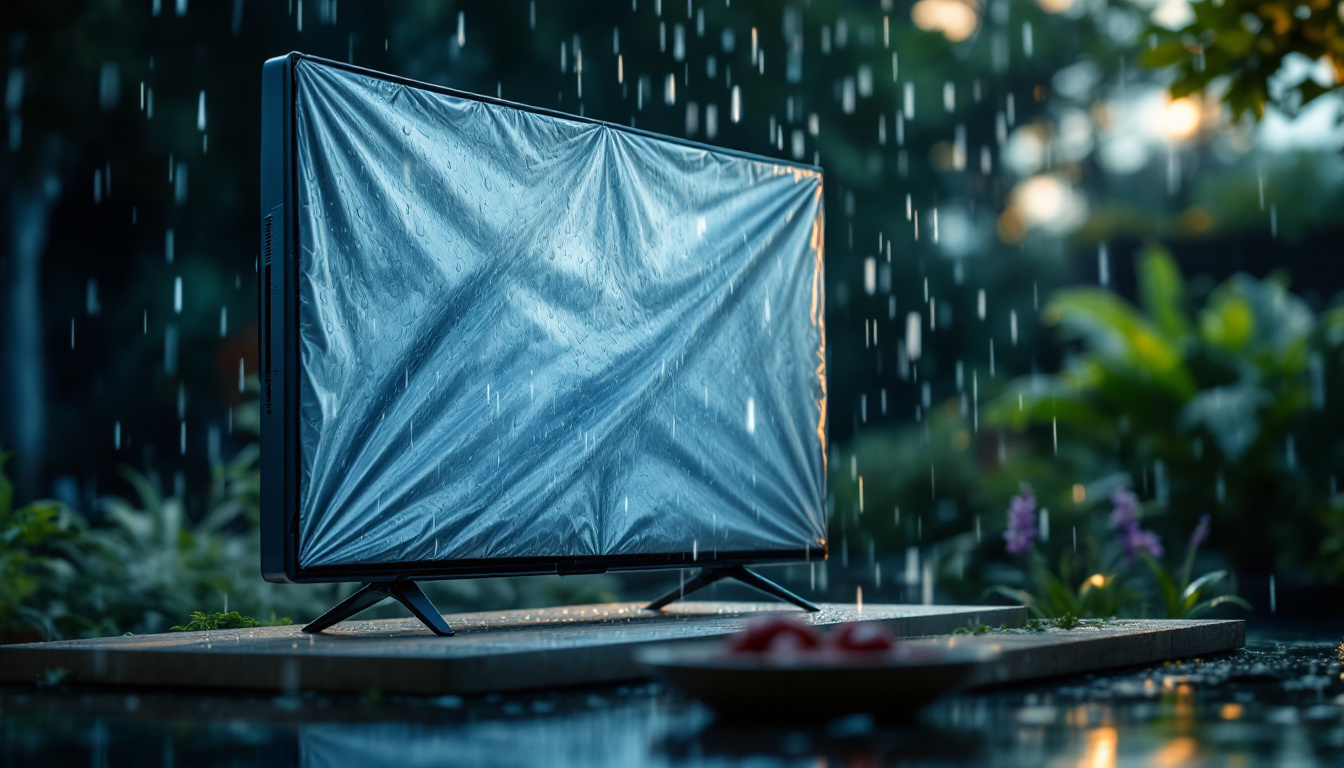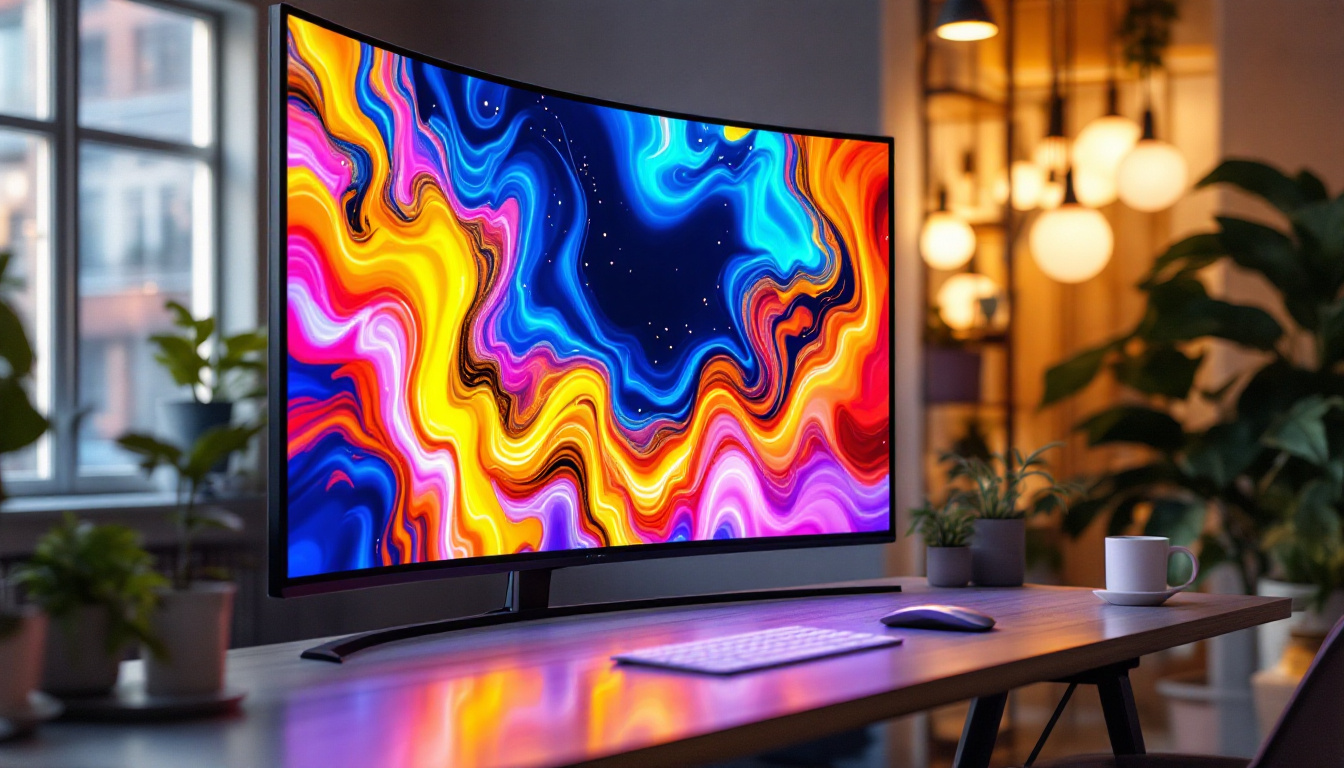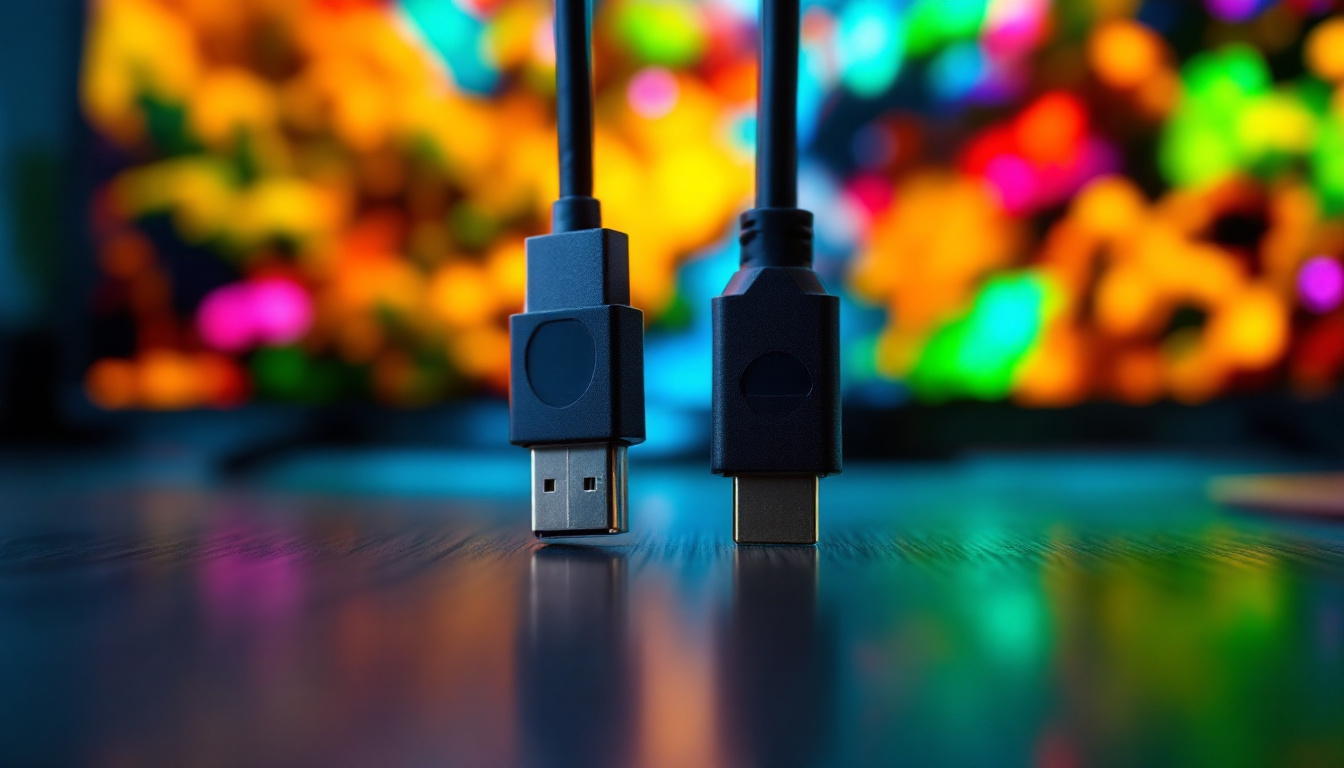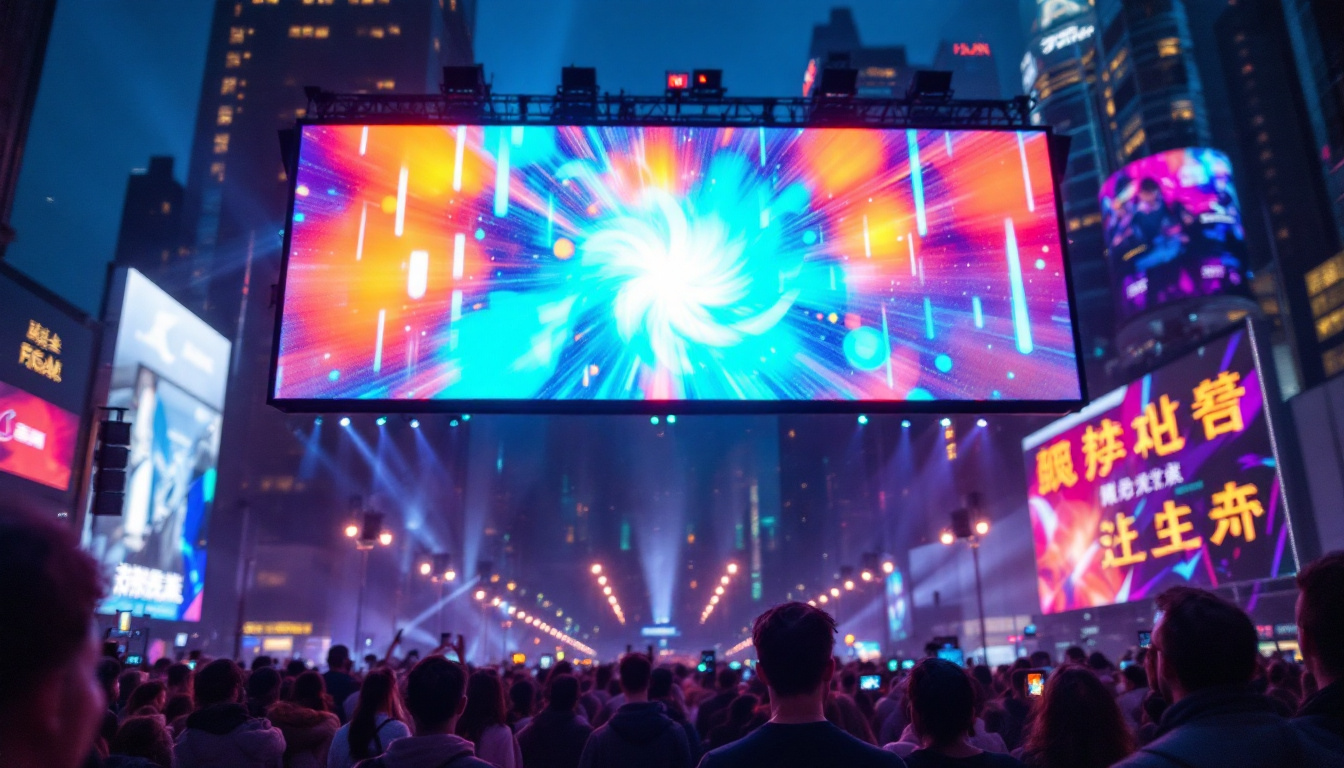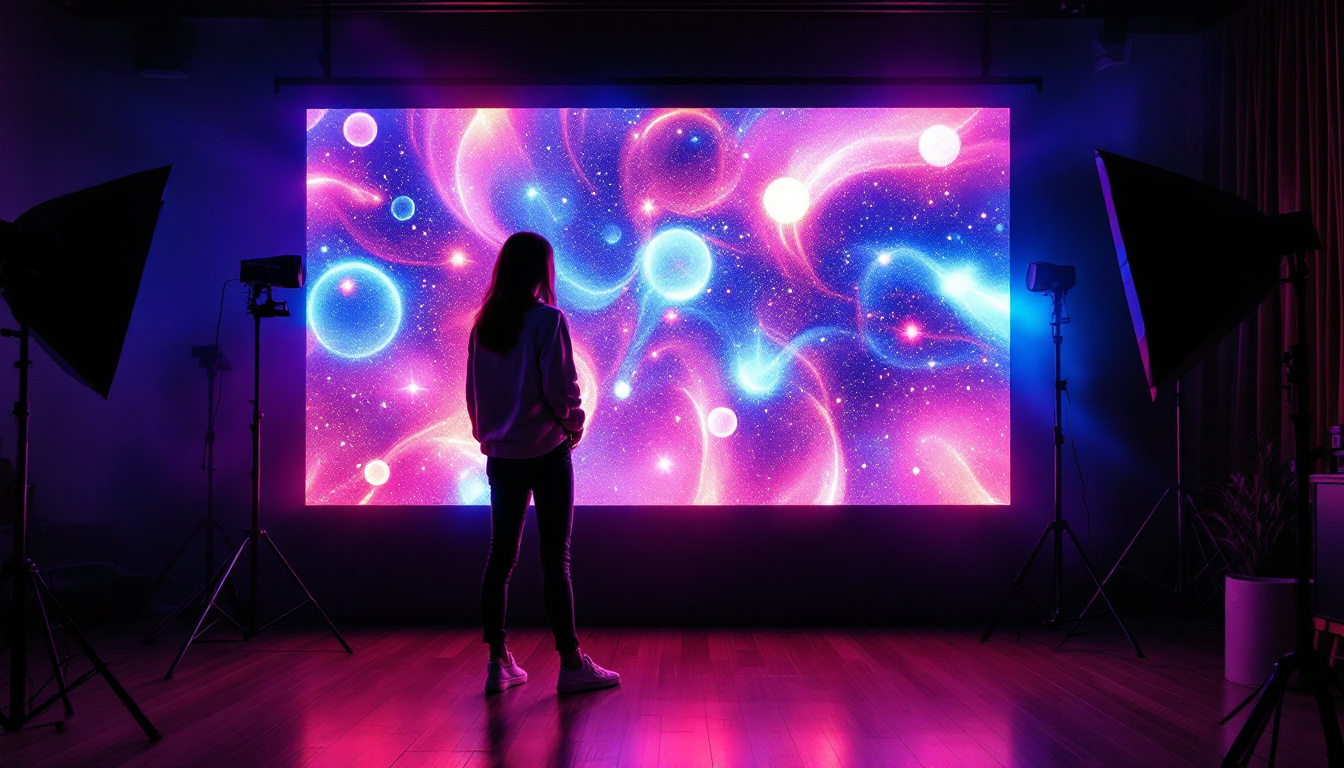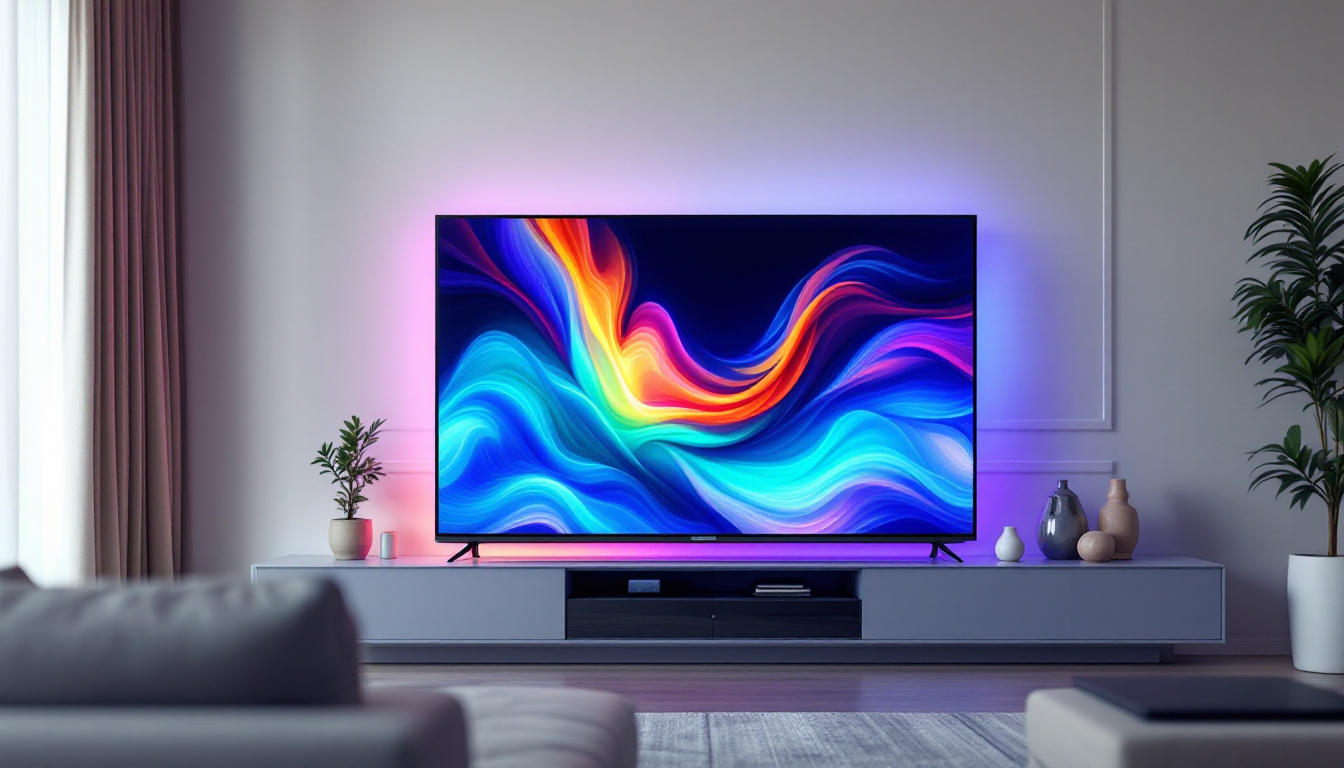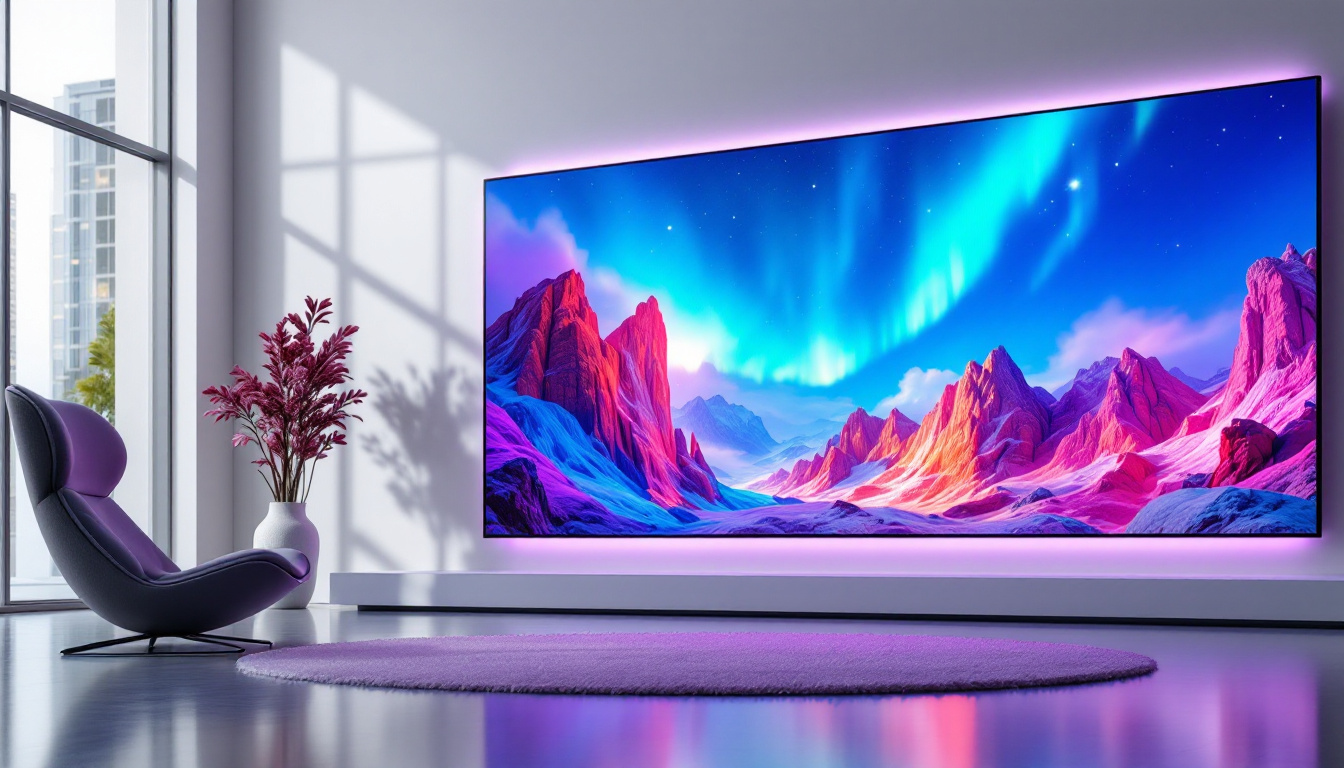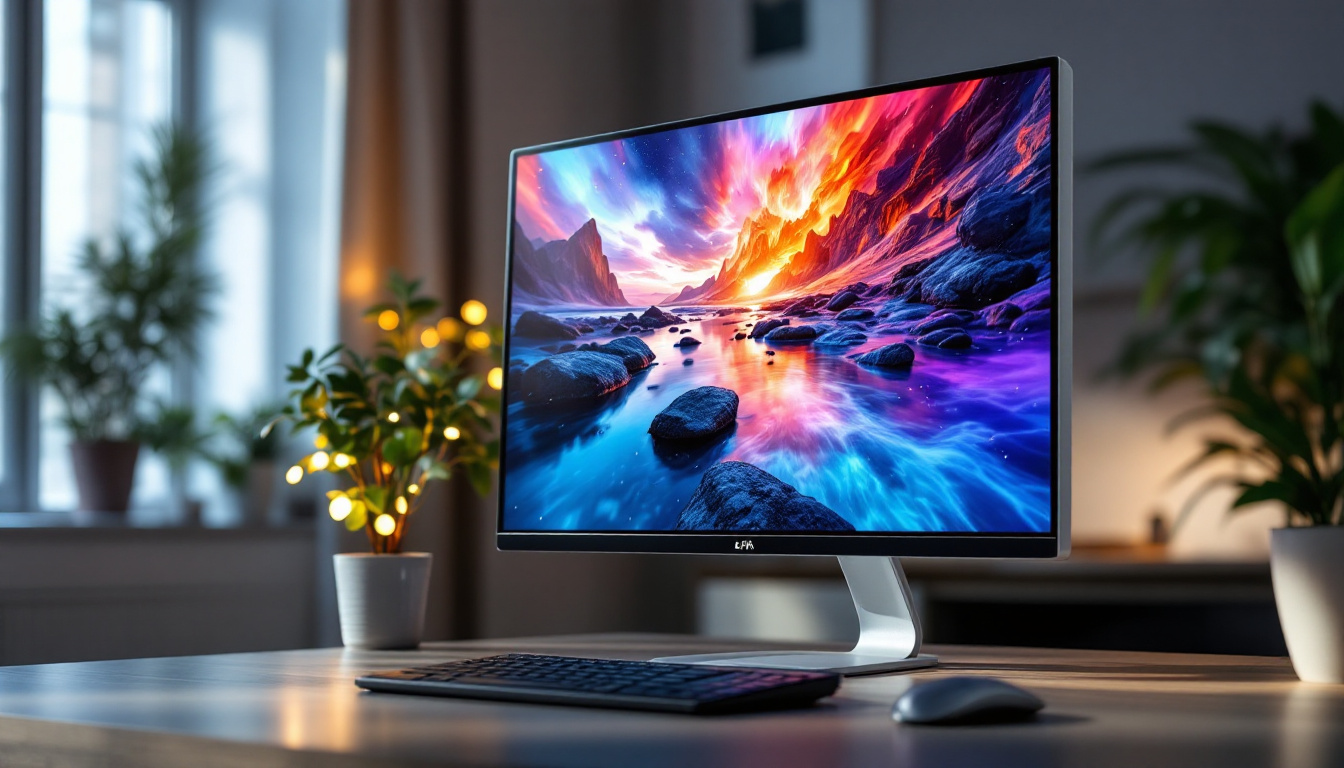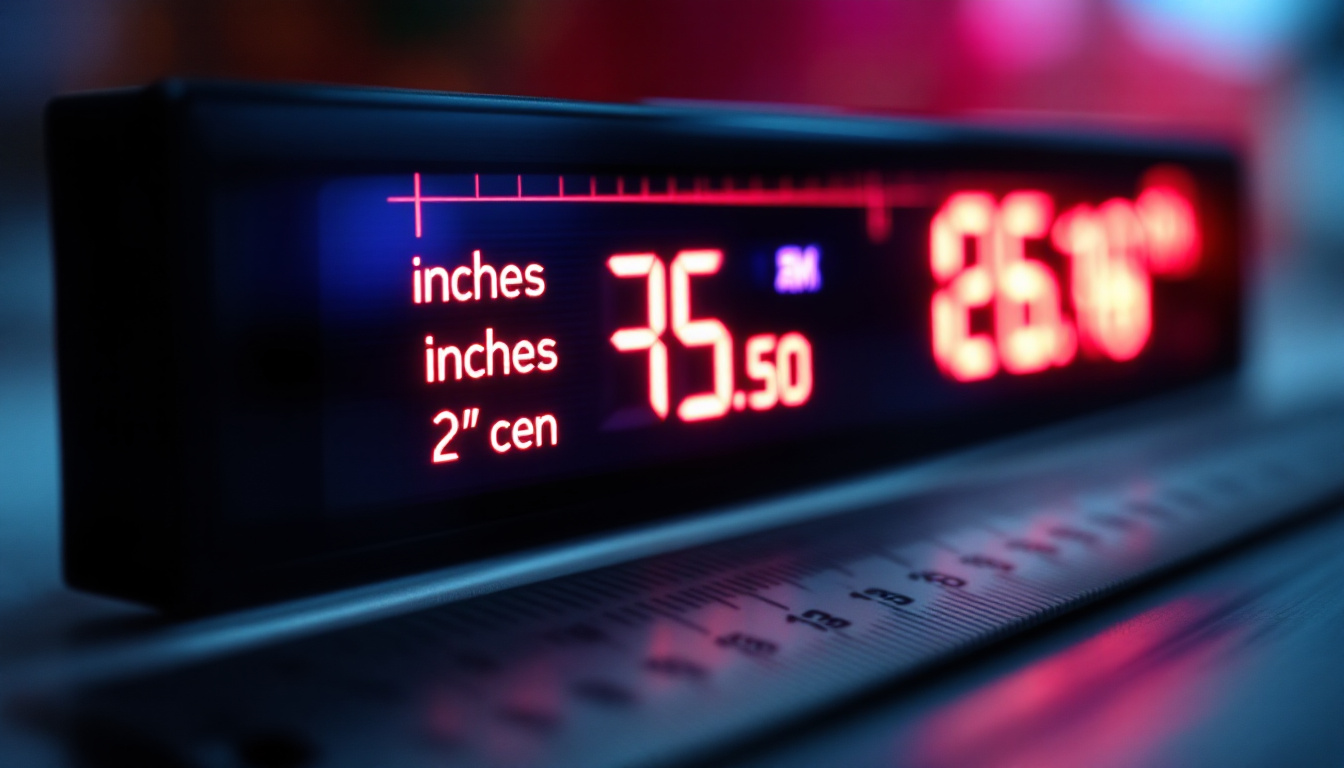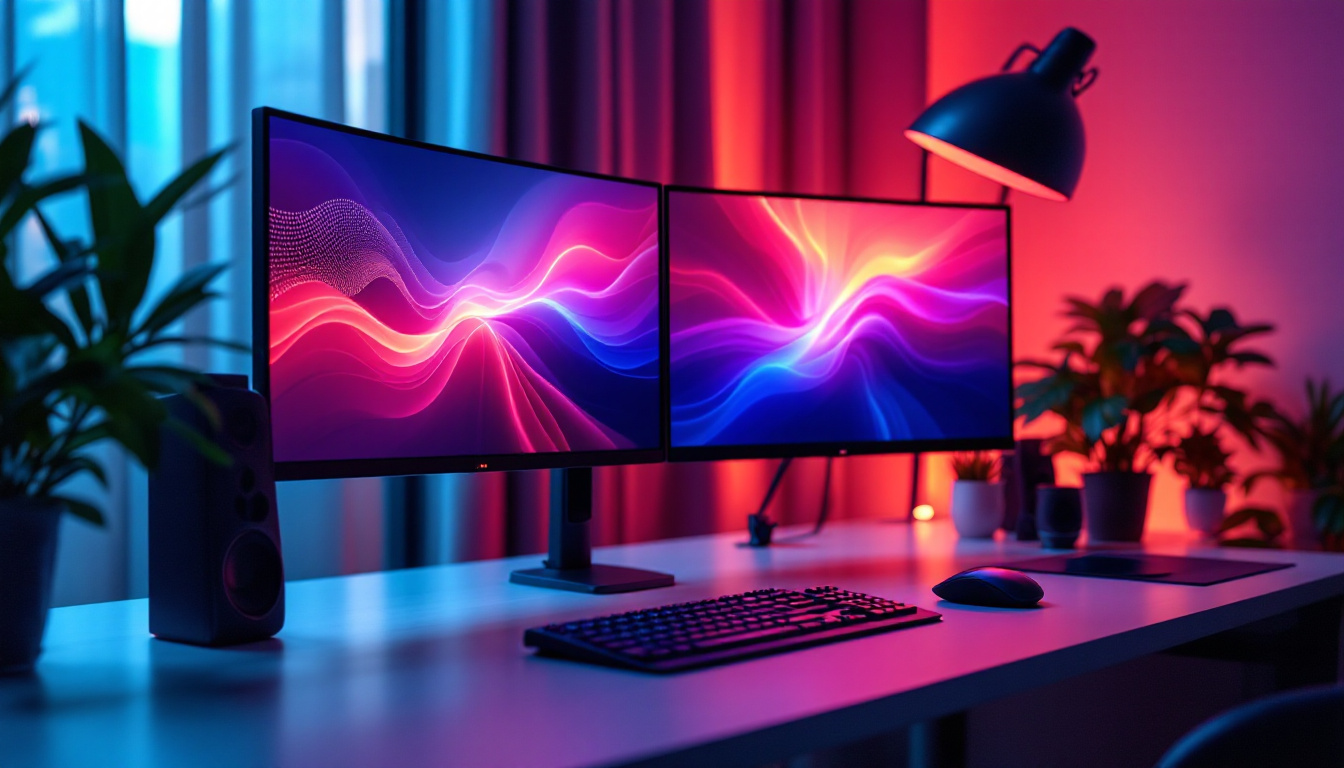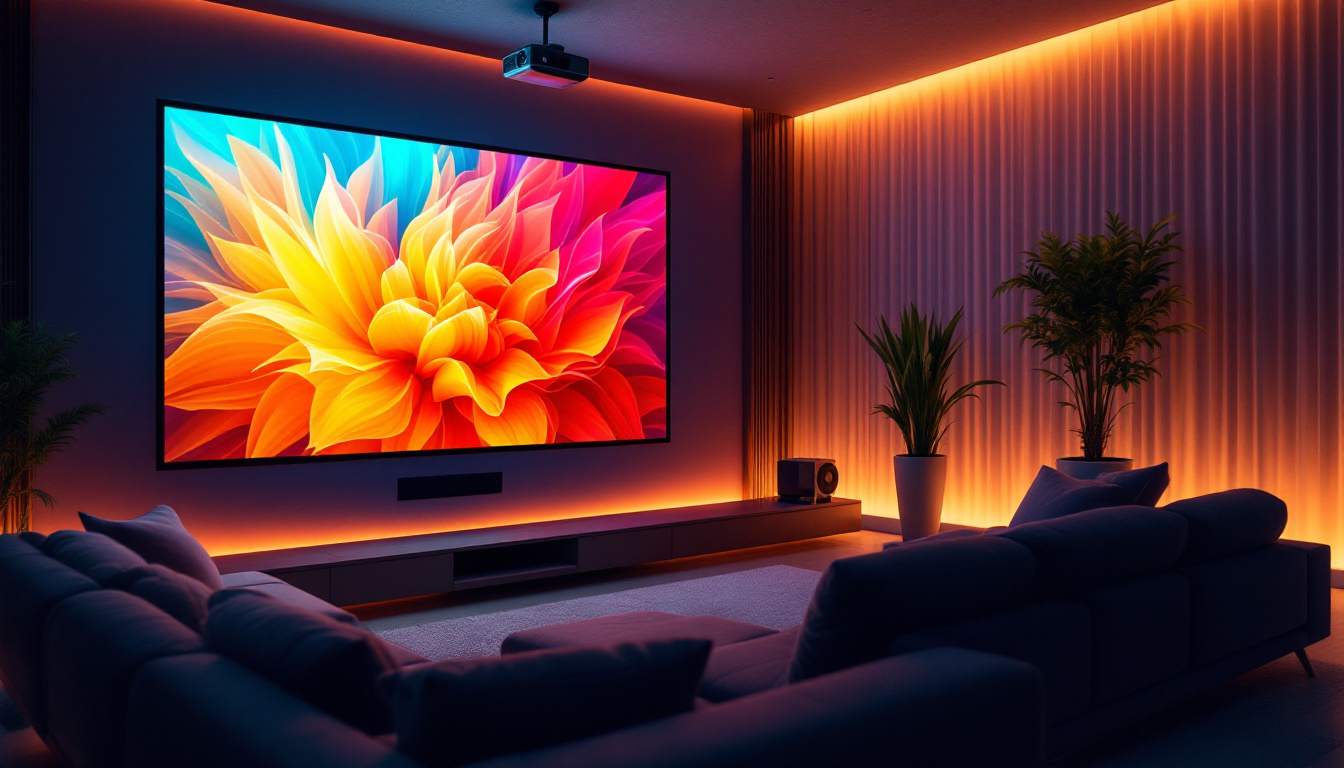Waterproofing cinder block walls is a crucial aspect of maintaining the integrity and longevity of structures. This process not only protects against moisture intrusion but also enhances the overall durability of the wall. In recent years, the integration of LED displays into these structures has gained popularity, offering a modern twist to traditional building techniques. This article delves into the methods of waterproofing cinder block walls and the innovative use of LED displays, providing a comprehensive understanding of both topics.
Understanding Cinder Block Walls
Cinder block walls are a common choice for both residential and commercial buildings due to their strength, affordability, and ease of installation. Made from concrete, these blocks are designed to provide structural support and can be used in various applications, including foundations, retaining walls, and even decorative features. However, like all building materials, cinder blocks are susceptible to moisture, which can lead to severe damage if not properly managed.
The Composition of Cinder Blocks
Cinder blocks, often referred to as concrete masonry units (CMUs), are typically composed of concrete and aggregates. The standard size of a cinder block is 16 x 8 x 8 inches, but they can come in various sizes and shapes to accommodate different construction needs. Their porous nature allows them to absorb water, making waterproofing essential in areas prone to high moisture levels. Additionally, the manufacturing process may involve the use of recycled materials, contributing to sustainable building practices. Some blocks may also include additives to enhance their fire resistance or insulation properties, making them even more versatile for different construction applications.
Common Issues with Cinder Block Walls
Moisture intrusion can lead to several problems, including mold growth, structural weakening, and aesthetic deterioration. Water can seep through the joints between blocks or through the blocks themselves, particularly if they are not sealed or treated. This can result in efflorescence, which is the white, powdery substance that appears on the surface of the wall due to salt deposits left behind when water evaporates. In addition to moisture, cinder block walls can also be affected by temperature fluctuations, which may cause cracking or spalling over time. Proper maintenance, such as regular inspections and timely repairs, can help mitigate these issues and extend the lifespan of cinder block structures. Furthermore, incorporating drainage systems or using moisture-resistant coatings can significantly enhance the durability of cinder block walls, ensuring they remain a reliable choice for builders and homeowners alike.
The Importance of Waterproofing
Waterproofing cinder block walls is essential for preserving the structural integrity of a building. It prevents water damage, which can lead to costly repairs and health hazards associated with mold and mildew. Additionally, waterproofing can enhance energy efficiency by reducing the amount of moisture that can lead to temperature fluctuations within the building.
Benefits of Waterproofing
Investing in waterproofing solutions offers several benefits, including:
- Prevention of Water Damage: Effective waterproofing keeps moisture at bay, reducing the risk of damage to the wall and the interior of the building.
- Enhanced Durability: Waterproofed walls are less likely to crack or deteriorate over time, extending the lifespan of the structure.
- Mold and Mildew Prevention: By controlling moisture levels, waterproofing helps prevent the growth of mold and mildew, ensuring a healthier indoor environment.
Key Waterproofing Techniques
There are several methods for waterproofing cinder block walls, each with its own advantages and applications. The choice of technique often depends on the specific conditions of the site and the desired outcome.
1. Sealants
Sealants are one of the most common methods for waterproofing cinder block walls. These products create a barrier on the surface of the blocks, preventing water from penetrating. Sealants can be applied in liquid form and typically require reapplication every few years, depending on environmental conditions.
2. Waterproofing Membranes
Waterproofing membranes are another effective solution, particularly for below-grade walls. These sheets of material are applied to the exterior of the wall to create a continuous barrier against moisture. Membranes can be made from various materials, including rubber, PVC, and bitumen, and are often used in conjunction with drainage systems to manage water flow.
3. Drainage Systems
In some cases, waterproofing alone may not be sufficient. Incorporating a drainage system can help redirect water away from the wall, reducing the pressure and potential for water intrusion. This can include the installation of weep holes, drainage tiles, or French drains, which work together to manage water effectively.
Integrating LED Displays with Cinder Block Walls
The advent of technology has opened new possibilities for cinder block walls, particularly through the integration of LED displays. These displays can serve various purposes, from advertising to information dissemination, and can be seamlessly incorporated into waterproofed walls.
Benefits of LED Displays
LED displays offer numerous advantages, making them an attractive option for businesses and organizations looking to enhance their visibility and communication:
- High Visibility: LED displays are bright and easily visible from a distance, making them effective for attracting attention.
- Dynamic Content: Unlike traditional signage, LED displays can showcase dynamic content, allowing for real-time updates and engaging visuals.
- Energy Efficiency: LED technology is energy-efficient, consuming less power than traditional lighting, which can lead to cost savings over time.
Design Considerations
When integrating LED displays into cinder block walls, several design considerations must be taken into account:
- Location: The placement of the LED display should maximize visibility while ensuring it does not obstruct pathways or access points.
- Weather Resistance: Since cinder block walls are often exposed to the elements, it is crucial to select LED displays that are weather-resistant and suitable for outdoor use.
- Power Supply: Adequate planning for power supply and wiring is essential to ensure the LED display operates efficiently and safely.
Installation Process of Waterproofing and LED Displays
The installation process for waterproofing cinder block walls and integrating LED displays involves several steps, each requiring careful attention to detail. Proper execution of these steps is vital to ensure both the waterproofing effectiveness and the functionality of the LED display.
Step-by-Step Waterproofing Process
To effectively waterproof a cinder block wall, follow these steps:
- Preparation: Begin by cleaning the wall surface to remove any dirt, debris, or efflorescence. This ensures proper adhesion of the waterproofing materials.
- Repair Cracks: Inspect the wall for any cracks or damage. Repair these areas using appropriate fillers or sealants to create a smooth surface.
- Apply Sealant or Membrane: Depending on the chosen waterproofing method, apply the sealant or membrane according to the manufacturer’s instructions. Ensure even coverage and pay special attention to joints and corners.
- Install Drainage Systems: If necessary, install drainage systems to manage water flow and reduce pressure on the wall.
- Allow to Cure: Allow the waterproofing materials to cure fully before proceeding with any further construction or installation.
Integrating LED Displays
Once the waterproofing is complete, the next step is to integrate the LED display:
- Determine Placement: Identify the optimal location for the LED display, ensuring it is visible and accessible.
- Install Mounting Hardware: Secure the necessary mounting hardware to the cinder block wall, ensuring it is adequately anchored to support the weight of the display.
- Connect Power Supply: Run electrical wiring to the display, ensuring compliance with local codes and regulations.
- Mount the Display: Carefully mount the LED display onto the prepared hardware, ensuring it is level and securely attached.
- Test Functionality: Once installed, test the display to ensure it operates correctly and displays content as intended.
Maintenance of Waterproofed Cinder Block Walls and LED Displays
Regular maintenance is essential for both waterproofed cinder block walls and LED displays to ensure their longevity and effectiveness. Neglecting maintenance can lead to deterioration and costly repairs.
Maintaining Waterproofing
To maintain the waterproofing of cinder block walls, consider the following:
- Regular Inspections: Conduct routine inspections to identify any signs of wear or damage to the waterproofing layer.
- Reapply Sealants: Depending on the type of sealant used, reapplication may be necessary every few years to maintain effectiveness.
- Monitor for Moisture: Keep an eye out for any signs of moisture intrusion, such as water stains or mold growth, and address them promptly.
Maintaining LED Displays
To ensure the longevity and performance of LED displays, regular maintenance is also crucial:
- Cleaning: Regularly clean the display surface to remove dust and debris that can affect visibility.
- Check Connections: Periodically inspect electrical connections and wiring for any signs of wear or damage.
- Software Updates: Keep the display’s software up to date to ensure optimal performance and security.
Conclusion
Waterproofing cinder block walls is an essential step in protecting structures from moisture damage, ensuring their longevity and durability. The integration of LED displays adds a modern element, enhancing visibility and communication for businesses and organizations. By understanding the waterproofing process, the benefits of LED technology, and the importance of maintenance, property owners can make informed decisions that will serve them well for years to come.
Ultimately, the combination of waterproofing and LED displays represents a forward-thinking approach to construction and design, merging functionality with aesthetic appeal. As technology continues to evolve, the possibilities for cinder block walls will only expand, paving the way for innovative solutions in the building industry.
Explore Cutting-Edge LED Display Solutions with LumenMatrix
As you consider the benefits of waterproofing and the dynamic appeal of LED displays for your cinder block structures, LumenMatrix stands at the forefront of innovation in LED display technology. Our extensive range of products, from Indoor and Outdoor LED Wall Displays to specialized solutions like Vehicle and Sports Displays, is designed to transform your space and captivate your audience. Embrace the future of visual communication and Check out LumenMatrix LED Display Solutions to discover how our state-of-the-art displays can enhance your brand visibility and create unforgettable visual experiences.

